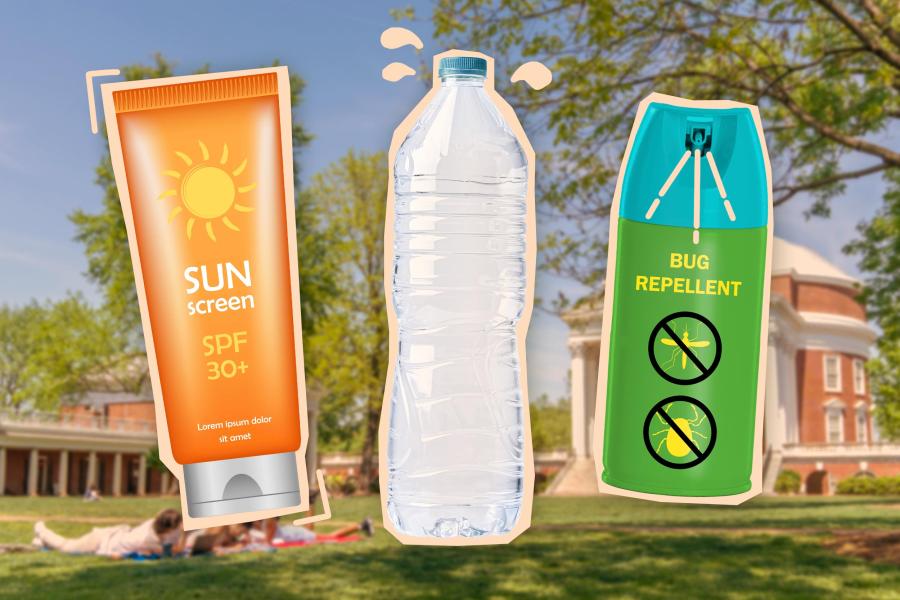Charlottesville and much of Central Virginia were under an extreme heat warning Tuesday, with temperatures predicted to stay in the 90s and upper 80s for the remainder of the week. The region is part of a much larger heat wave sweeping the country, with similar warnings in effect from the Deep South to the Northeast and across the Midwest.
According to the National Weather Service, more than 150 million Americans are under heat advisories as record-breaking temperatures strain infrastructure and pose serious health risks.
To better understand what this kind of prolonged heat means – and whether it’s out of the ordinary – UVA Today spoke with Robert E. Davis, a professor of climatology in the University of Virginia’s Department of Environmental Sciences.

UVA environmental sciences professor Robert Davis researches the health effects of extreme weather events. (Photo by Lathan Goumas, University Communications)
Q. Is this week’s extreme heat unusual for this time of year in Virginia?
A. During most summers in Virginia, we experience one or several heat waves where we see significantly above-normal temperatures, which results in uncomfortable conditions with high humidity. The timing of this, of course, is going to vary from season to season. The fact that it’s happening in late June isn’t particularly interesting. Typically, the warmest week of the year here in Virginia is about the third or fourth week in July.
So, the event itself is not unusual. The timing is not unusual. Heat waves can occur as early as April and as late as October. So, in the warm season, it’s not unusual to see one or more anomalously warm and anomalously humid events.
Q. What is a heat dome?
A. One of the main factors for a weather event like this is the position of the jet stream, what we call “the polar front jet stream.” In the upper atmosphere, about 50,000 or 60,000 feet from the surface, the jet stream is a meandering snake-like river of fast-moving air that circumnavigates the pole, and it undulates north and south. When you hear in the wintertime about the “polar vortex,” we’re talking about the jet stream dipping to the south that results in cold air coming from the north, so we see single-digit temperatures in Virginia. Well, now in the summertime, we’re seeing the opposite.
The current position of the jet stream is far to the north. In fact, I just looked at it this morning, and it’s almost over Hudson Bay in Canada. So, you have all that warm, moist, tropical air coming up from the Caribbean, from the Gulf of Mexico, working its way all the way up through the eastern U.S., through the Midwest and into southern Canada. That creates consistently high temperatures and very high dew points over a large region.










